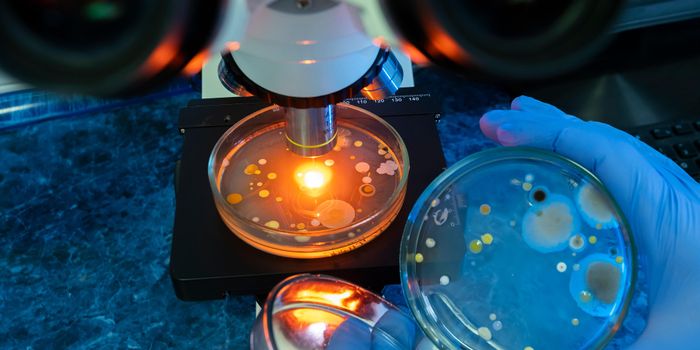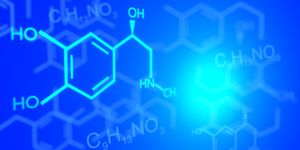Interaction Between T Cells and Bile Tells the Story of Crohn's Disease
The interaction between effector T cells and bile acid is little understood, yet the details behind the relationship could reveal a major mechanism of how Crohn’s disease develops. From Osaka University, scientists conducted a brand new study to unravel the extent to which effector T cells and bile acid contribute toward Crohn’s disease.
Crohn’s disease (CD) is a chronic inflammatory bowel disease (IBD) in the gastrointestinal (GI) tract that usually impacts the end of the small intestine and the beginning of the large intestine. More than half a million people in the United States are estimated to have Crohn’s disease.
Osaka University scientists began their study with bile acid, a “detergent-like metabolite” produced in the liver as a result of cholesterol catabolism, a metabolic process completed to release energy. Then, bile acid is transported to the small intestine to help with digestion. However, sometimes bile acid is not associated with being helpful; sometimes it can cause cell death in the liver and in epithelial cells.
Effector T cells are active cells of the immune system that, in the context of the GI tract, boost activity of a protein called Mdr1 “to maintain homeostasis in the presence of bile acids,” explained study author Hisako Kayama. "Notably, those lacking Mdr1 display mucosal dysfunction and induce Crohn's disease-like [inflammation of the small intestine]."
Kayama’s study also led to the identification of a group of people with Crohn’s disease focused in the third part of the small intestine, called the ileum, who lack sufficient Mdr1 activity in response to bile acids.
What does Mdr1 do exactly? It delivers toxins and drugs, called xenobiotics, out of the cell and supports effector T cells during bile acid exposure, dampening the effect of cell damage, boosting cell survival, and suppressing inflammatory cytokine expression, Kayama described.
His study shows that Mdr1 is an important player in regulating the balance of bile acids in the GI tract: just enough to facilitate healthy digestion, not too much that IBD flares up.
“Future validation studies of larger IBD patient cohorts is important to test whether an Mdr1 loss-of-function is associated with a unique clinical course of ileal CD,” Kayama said. “Such knowledge may present opportunities for non-traditional, bile acids-directed therapy."
The present study was published in the journal Immunity.
Sources: Journal of Lipids, National Institute of Diabetes and Digestive and Kidney Diseases, Osaka University









